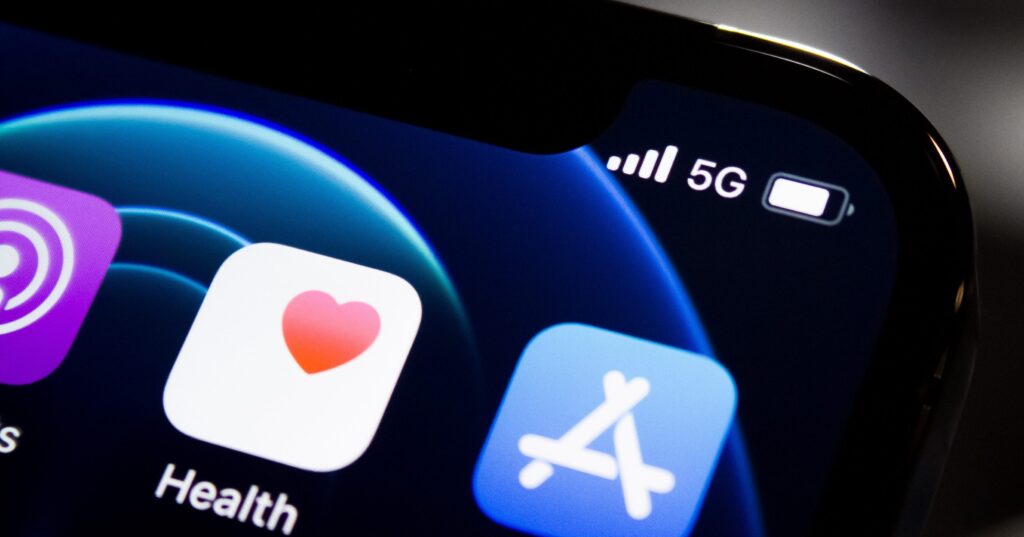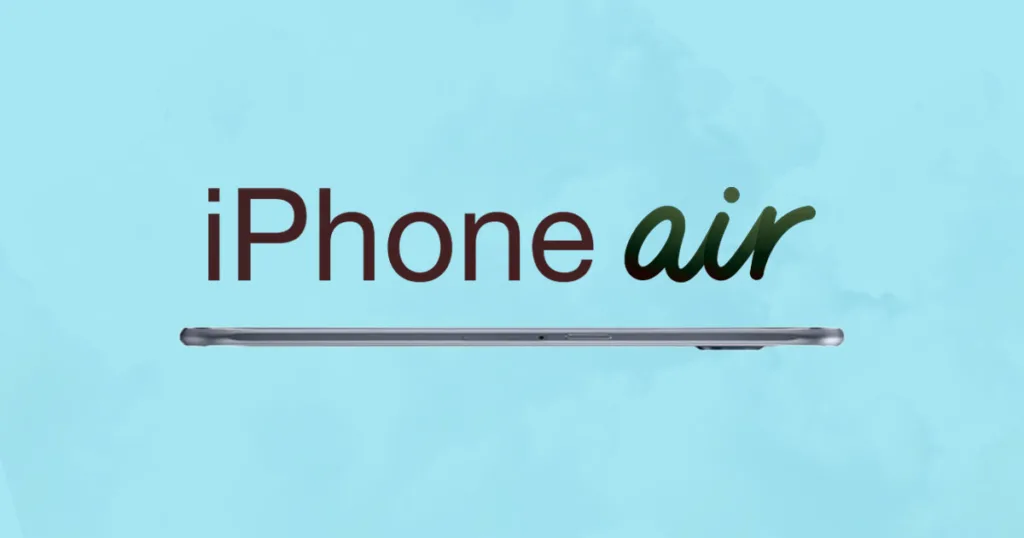Buying an unlocked mobile phone in Australia

Pictured: Man in a yellow shirt unlocking a mobile phone the old fashioned way; with a hammer.
What’s the difference between a locked and unlocked mobile phone?
When we talk about locked and unlocked mobile phones, we’re not talking about the security measures that stop snooping eyes from seeing your social feed and private photos if they get hold of your handset. That is a lock of a type for sure, but in this context it’s about locking down the phone’s access to mobile networks such that it will only work with one network or provider.
The benefit here for the networks is a locked-in customer, because if a phone only works with them, you’re not going to be as easily able to jump to a competitor offer easily. The reverse is the precise reason why an unlocked mobile phone is the consumer’s best friend, because it makes it easier if you see a good SIM deal to jump onto it – like this selection of good value plans.
The good news: Most Australian phones are never locked anyway
There was a time when any phone that you bought in Australia was locked to the network it was purchased for use with. In some cases that was a hard network lock, as the given mobile frequencies it worked on were specific to only one network, or certainly not all three, while in other cases it was due a subsidy that the telco took on to offer you a “cheaper” mobile phone. Stay on contract long enough, and they’d unlock the phone for you, no questions asked, but if you wanted to leave early, it often involved a costly unlocking fee.
The good news is that for the most part, those days are well and truly behind us in terms of phones being specifically locked to a network. The vast majority of phones you can buy, whether independently or through a telco aren’t locked to that network in any way at all.
So what changed? Simply put, the subsidy model that telcos used to use to entice in customers with “cheaper” phones. These days, if you take on a phone from a telco, you’re signing up not for one contract, but actually two.
One of them is typically month-to-month for your mobile phone plan, while the other can span anywhere from 12 to 24 months, covering the cost of your phone. In most cases, the price you’re paying for that phone is essentially identical to the actual RRP of the phone, just split up into monthly, easier to pay chunks. You can generally leave the telco “early”, but the penalty there is just the remaining payments on your term to be covered, with no unlocking fee to speak of at all. That makes sense, because it’s absolutely your phone once you’ve made all those payments.
My phone is locked – I thought you said that never happened any more!
It’s not common – but it’s not unheard of for some phones to still be locked to a network, especially if you purchase a very low cost model branded to a telco. Those phones keep their low prices by way of the assumption that you’ll only ever want to use them with that particular network or provider.
In some cases, if your phone is quite old it may still be locked that way as well. So what can you do?
Telstra advises that most devices on its network are unlocked, but for those that are locked, if you’ve had an active service for two years or more, unlocking is complimentary, while a fee of either $80 (for phones used less than six months or never activated) or $25 (for devices activated six months to two years) applies. You can find out more about unlocking a phone from the Telstra network here.
Optus advises that there’s no fee associated with unlocking a phone purchased on a postpaid contract plan. If you’ve got a prepaid Optus phone and you have recharged a service on it for at least $80, there’s no fee. If you fall below that level, it will cost either $80 if the service has been active for less than six months, or $25 if it’s been active six months or more. You can find out more about unlocking phones on the Optus network here.
Vodafone advises that any phone purchased on a contract plan after 1 August 2013 won’t be locked in any way at all. For prepaid devices, there’s a sliding scale of fees. If you’ve had your device less than six months unlocking costs $50, while if it’s got six months or more on the clock, that drops to $25. Find out more about unlocking Vodafone devices here.
What about unlocked international phones?
The above covers most of the contract phones you’ll see from the likes of Telstra, Optus or Vodafone, but you might also see phones being sold in online marketplaces as “unlocked” models, typically referred to as grey import phones. What’s going on there?
The way different markets treat their phones and phone contracts varies quite a lot. In the USA, for example, it’s not uncommon at all to still see those cheaper subsidised phones – and those are nearly always locked quite tightly to their providing network, sometimes even with hardware specific to that network.
It’s why comparing phone prices from the USA and Australia isn’t always a fair game, because the prices many US merchants list are for those specifically locked, subsidised handsets. Naturally, buying one of those from the USA isn’t a bright idea, because there’s often no way at all to unlock them for use on Australian networks.
However, it’s not the case that every phone sold internationally is locked to its home country and home networks. In many cases it’s possible to pick up the international version of a given phone for less than it sells for in Australia. Sometimes it’s the only way to get specific colours of a given phone that might not be officially available in Australia. Internal differences in phone hardware can also come into play here – for example, the Australian version of the Galaxy S23 FE runs on a Samsung Exynos 2200 processor, but the International version sold in the US has a more powerful Snapdragon 8 Gen 1 purring under the hood. If the phone includes a power brick, you'll probably need to replace the phone charger too (well, the part that plugs into the wall, at least.)
So what do you need to consider when buying an international unlocked phone?
- Am I buying from a trusted seller? If the phone shows up and it is in fact still locked, that’s going to be a big problem. Buying from established platforms or retailers can make it easier to get a refund or replacement if you get sent the wrong handset.
- What happens to the warranty? In many cases the warranty on a given phone lies in its home country – which means if something goes wrong, you may have to ship the phone back there to get it fixed at your cost.
- Will it work on Australian network frequencies? Carefull check the network frequencies supported by the phone you’re buying, as some models may have very network-specific hardware within them that might not be able to see the specific implementations of 4G or 5G used in Australia. You should NOT look at buying a 3G network only phone for use in Australia as there’s less than a year before all networks shutter their 3G, and likewise 2G’s been a dead duck here in Australia for years now.
The final step of getting an international unlocked phone up and running in Australia is matching it to a high-value mobile plan. We’ve selected some great deals below to get you started:
Related Articles








